Mastic Thyme aka Spanish Marjoram
- Scientific Name: Thymus mastichina
- Common Name: Spanish Marjoram
- Plant Family: Lamiaceae or Labiatae
- Parts Used: Leaves, Flowers, Essential Oil
- Actions: Antiseptic, Deodorant, Disinfectant, Analgesic, Anti-inflammatory, Antibacterial
General Overview
Thymus mastichina is a very special thyme, native in the mountains of the Iberian Peninsula, Central Spain and Portugal. It is known by a number of different common names including Spanish Marjoram, Spanish Wood Marjoram, White Thyme, Wild Marjoram or Mastic Thyme. The leaves, and especially the essential oil contained in them, are strongly antiseptic, deodorant and disinfectant.
Thymus mastichina should not be confused with Marjoram also known as sweet Marjoram, knotted Marjoram and previously classed as Marjorana hortensis (Origanum majorana). Nor should it be confused with the Mastic Tree (Pistacia lentiscus).
As the name implies it grows primarily in Spain. Thymus mastichina produces tiny, oval-shaped, green leaves, which have an intense flavor. In its Spanish homeland it is used as a culinary herb for meat dishes, stews and sauces and because of its strong aroma has been commonly used in Andalucía to season and preserve olives.
Despite this fact, it is prized more for its essential oils than for its herbal properties. The plant has an herbaceous scent with eucalyptus-like overtones with a hint of a vanilla note, which, in aromatherapy, is used for its soothing, relaxing effect. It’s oil is pale orange to amber in color and has a distinctive eucalyptus like aroma. It is also considered to be especially beneficial in relaxing muscles.
Used fresh or in dried form, its leaves are used to make an herbal tea that is considered useful in treating sore throats, catarrh and colds. If preferred, the tea can be used to gargle with rather than ingested. Infusions are attributed curative or palliative properties of arthritis and rheumatism. Mastic Thyme, may be effective in protecting against colon cancer.
The Basics
The species name mastichina and the common name of Mastic Thyme derive from the Greek word massein, meaning ‘to chew’, or the verb mastichein meaning ‘to gnash the teeth’. It is the origin of the English word masticate.
Interestingly, the Mastic Tree is a small Mediterranean evergreen tree (Pistacia lentiscus) of the cashew family. The tree produces an aromatic, ivory-coloured resin, also known as mastic, is harvested as a spice from the cultivated mastic trees grown in the south of the Greek island of Chios in the Aegean Sea. Mastic resin is a relatively expensive kind of spice that has been used principally as a chewing gum. The flavor can be described as a strong, slightly smoky, resiny aroma.
Mastic Thyme produces tiny, oval-shaped, green leaves, which have an intense flavor. In its Spanish homeland it is used as a culinary herb for meat dishes, stews and sauces and because of its strong aroma has been commonly used in Andalucía to season and preserve olives.
Despite this fact, it is prized more for its essential oils than for its herbal properties. The plant has an herbaceous scent with eucalyptus-like overtones with a hint of a vanilla note, which, in aromatherapy, is used for its soothing, relaxing effect. It is also considered to be especially beneficial in relaxing muscles. The essential oil is most often found under the name: Spanish Marjoram.
Used fresh or in dried form, its leaves are used to make an herbal tea that is considered useful in treating sore throats, catarrh and colds. If preferred, the tea can be used to gargle with rather than ingested. Infusions are attributed curative or palliative properties of arthritis and rheumatism.
The leaves are used as a seasoning. They have a pungent eucalyptus-like aroma. If the leaves are to be dried, the plants should be harvested in early and late summer just before the flowers open and the leaves should be dried quickly. The plant is also the source of an essential oil, called “oil of marjoram” or “Spanish Marjoram”, that is used extensively as a flavoring for soups etc.
The essential oil obtained from the leaves is also used in perfumery, as a mouth wash, medicinally etc.
As An Essential Oil
Traditionally used in Spain and Portugal as an infusion to ease coughs, colds and influenza, Spanish Marjoram (Mastic Thyme) as an essential oil, is used in a plethora of immune boosting treatments. Blended in a carrier oil and massaged on to the chest, Spanish Marjoram will help to boost circulation and strengthen immunity to common coughs and colds, perfect for use during the winter months.
Along with helping to ease unwanted muscle spasms (anti-inflammatory), Spanish Marjoram Essential Oil is helpful for reducing minor pain and inflammation (analgesic) as well as reducing the presence of unwelcome bacteria or fungal growth (anti-bacterial).
Spanish Marjoram’s pungent and herbal fragrance has a fortifying effect on the mind and if used in steam inhalation or a diffuser, will help to energize and lift lethargy.
Emotionally and energetically, this gorgeously aromatic Thymus mastichina Essential Oil is grounding and calming. It also has a calming and soothing effect that helps reduce nervousness and relieves anxiety and depression. Spanish Marjoram Oil also helps promote restful sleep, making it ideal for people who suffer from insomnia.
Suitable in massage blends for normal skin. Not recommended for those with sensitive or allergy-prone skin. For external use only. Blends well with ginger, rosemary, lemon, citrus oils like sweet orange and tangerine, other spice oils, including basil, thyme, and black pepper, forest needle oils, and floral oils like lavender, clary sage, and chamomile.
It cannot be used as a substitute for, or instead of sweet marjoram. These oils have different key constituents. Spanish marjoram can, however, be used in similar ways as other 1,8-cineole rich oils like eucalyptus and rosemary.
Precautions:
Spanish Marjoram essential oil may be high in 1,8-cineole, which can cause CNS and breathing problems in young children. Never use essential oils undiluted, in eyes or mucus membranes. Do not take internally unless working with a qualified and expert practitioner. Keep away from children.
- Do not use undiluted on the skin.
- Avoid contact with sensitive areas, such as eyes.
- Keep out of reach of children.
- Do not use essential oils on children under 5 years old.
- Consult your healthcare professional before using essential oils during pregnancy.
- Best kept in a cool dry place.
- Naturally occurring allergens: Limonene and Linalool
Before using topically, perform a small patch test on your inner forearm or back by applying a small quantity of diluted essential oil and apply a bandage. Wash the area if you experience any irritation. If no irritation occurs after 48 hours it is safe to use on your skin.
Magickal Properties
I could not find anything about the magickal properties of this specific plant, and so I would assume that because it is a variety of Thyme, the magickal purposes would be the same as for common Thyme, but possibly with a wilder energy or effect. These would include the following:
- Cleansing and Clearing
- Making way for the new
- Attractive to fairies
Habitat and Cultivation
Mastic Thyme is an evergreen shrub. It grows best in well-drained sandy or loamy soils, full sunshine, and either dry or moist soil conditions. Tiny whitish flowers open from dusty pink buds, they grow in small clusters that appear during the summer months of July and August. The fragrant flowers are highly attractive to bees and other beneficial pollinating insects.
The plants grow 30 to 40 cm (12 to 16 in) height and 60 cm (24 in) in width. Distinct, pungent and intoxicating, the flowers are like fluffy snowballs and are attractive both fresh and dry. Their preferred natural habitat is dry hills, rocky ground and roadsides.
The plant can be used fresh at any time of the year, or it can be harvested as it comes into flower and either be distilled for the oil or dried for later use.
Propagation
Seed – sow spring in a cold frame. Seed can also be sown in autumn in a greenhouse. Surface sow or barely cover the seed. Germination can be erratic. When they are large enough to handle, prick the seedlings out into individual pots and grow them on in the greenhouse for at least their first winter. Plant them out into their permanent positions in late spring or early summer, after the last expected frosts.
Division – in spring or autumn. Larger divisions can be planted out direct into their permanent positions. We have found that it is best to pot up smaller divisions and grow them on in light shade in a greenhouse or cold frame until they are growing away well. Plant them out in the summer or the following spring.
Cuttings
- Cuttings of young shoots, 5 – 8 cm with a heel, May/June in a frame.
- Cuttings of half-ripe wood, 5 – 8 cm with a heel, July/August in a frame.
Sources:
Rennie Luttrull: queen-annes-lace-seeds
Rosanna: Spignel aka Bald Money
Annamarie Squatrito: Fumitory
EILEEN Klinghagen: Pumpkin
Mahmudul Hasan: Celery
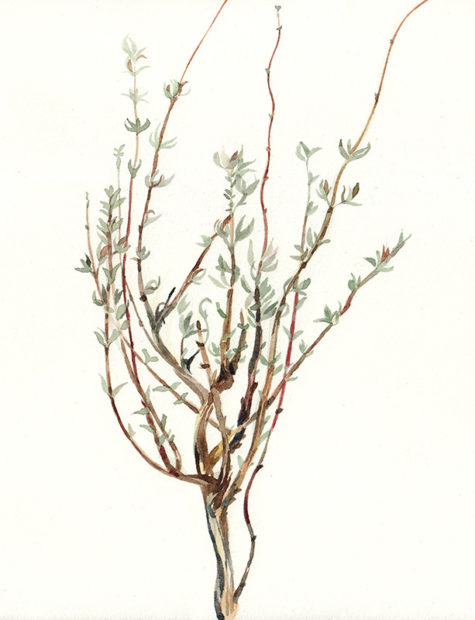
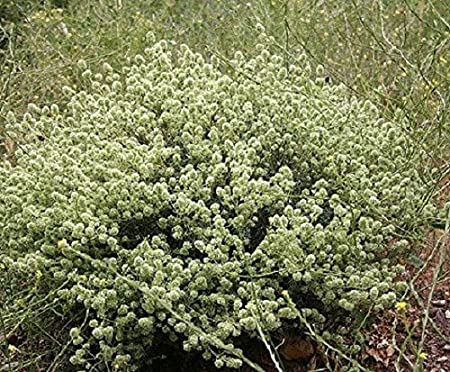
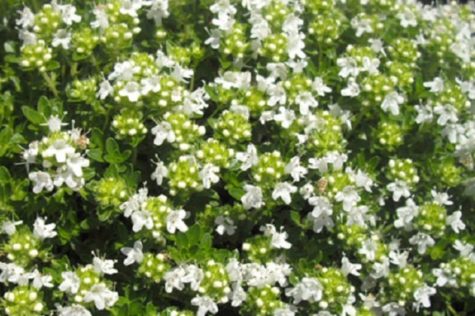
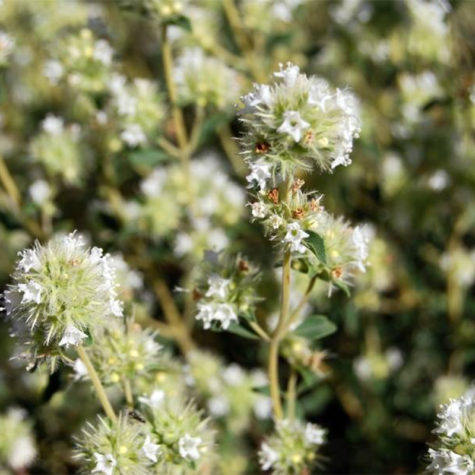
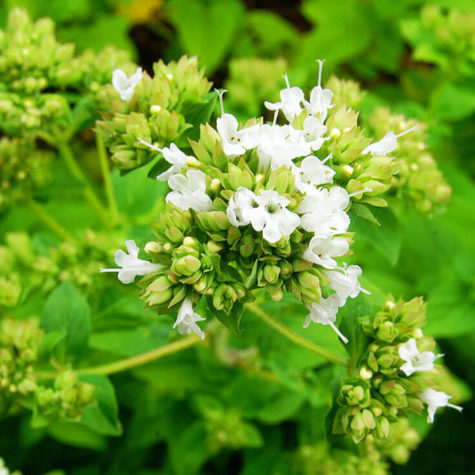
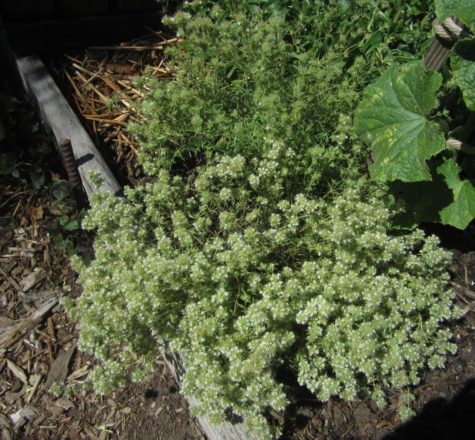
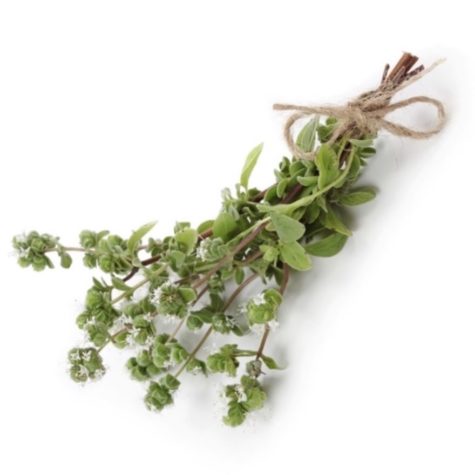


Leave a Reply